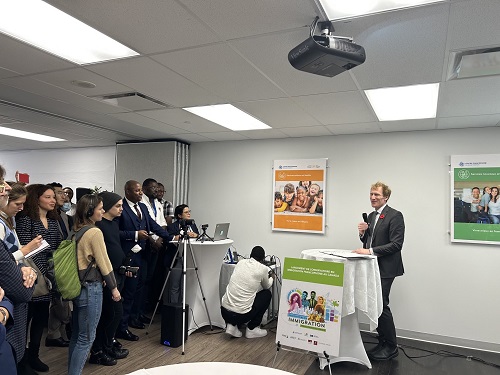Housing and international students, limitations to the Provinces
TORONTO – Housing and international students: too many arrivals and too few homes. An issue that is being discussed in recent days and which has seen various positions taken and even points in common – sometimes – between the opposition and the majority. Now, the latest “rumor” is that the government would like to reduce the volume of international students in some provinces.
As is well known, Ottawa shares jurisdiction over Canada’s international student program with the provinces. The federal government issues student visas while provincial governments are responsible for regulating colleges and universities. According to CBC Radio-Canada, the government is now examining provinces that accept more international students than their housing stock can accommodate: these provinces are Ontario, British Columbia and Nova Scotia. Again according to the CBC – which speaks of a “source” without naming it – the government has already had discussions with some provinces on limiting the number of students in the most densely populated areas and on tightening the rules according to which institutes can accept international students, but that such discussions have gone nowhere.
Federal Immigration Minister Marc Miller has floated the idea of a cap on temporary residents in recent weeks as a way to address housing affordability.
Last month, the federal government doubled the amount of money international students need to prove they have access to apply for a visa: prospective students now have to prove they have access to $20,635 instead of the current $10,000 requirement for two decades. During a press conference marking the announcement in December, Miller called on provinces to do more on the international student front, criticizing “lax” regulations on some post-secondary institutions. “There are, in the provinces, the equivalent of ‘puppy mills’ that are simply churning out diplomas, and that is not a legitimate student experience,” Miller said in December.
In November, the government announced that, after several recent increases in its annual immigration targets, it would hold steady at the target of 500,000 new permanent residents in 2026.
Last week, a Canadian Press report revealed that senior public officials had warned the federal government, as early as 2022, that increased immigration would impact housing affordability and availability, as well as services such as health care. But no one in the federal government had heeded that warning. Only to regret it now that the situation has become unsustainable, as public officials had widely predicted.
In the photo, Minister Miller during a conference (from Twitter X – @MarcMillerVM)



